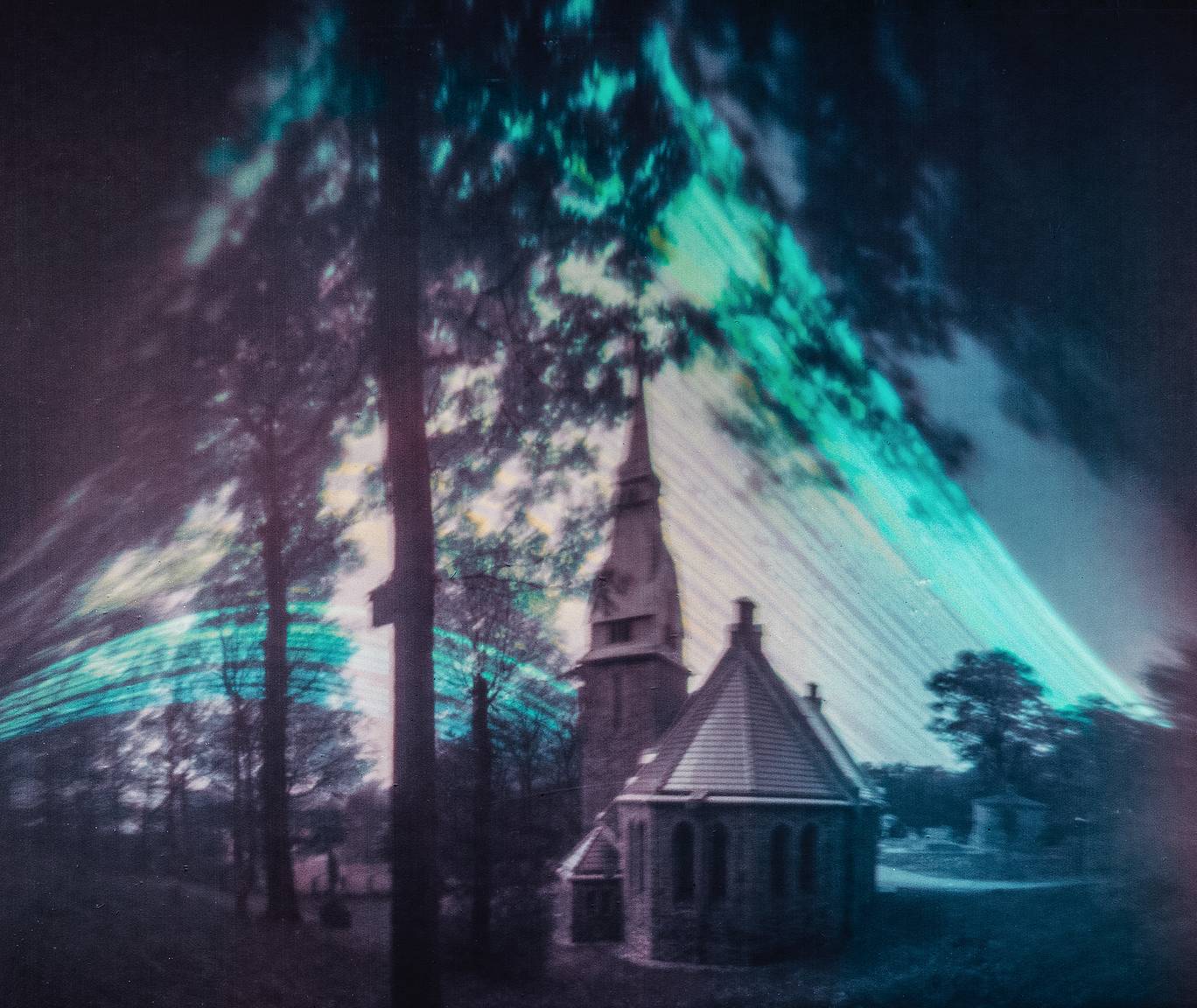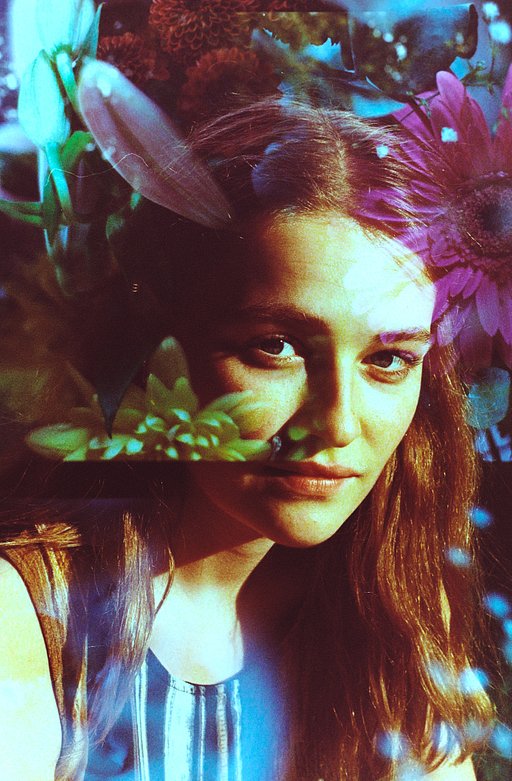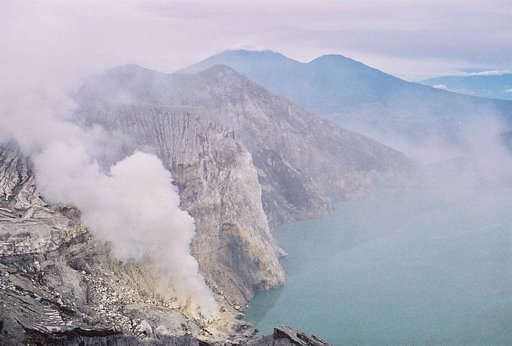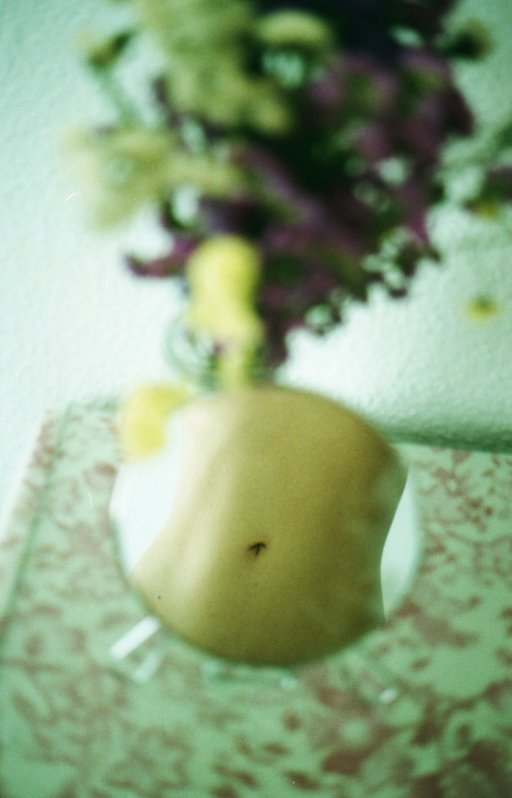Playing Around with Pinholes and Sunlight: Solargraphy Project by Kasia Kozińska
1 22 Share TweetKeeping the process simple and the idea true to its name is the main takeaway from our recent conversation with photographer Kasia Kozińska. We featured her quarantine work some time ago and now she's back with a photo series that's been keeping her busy. Armed with a simple pinhole camera and a thirst for all things analogue and creative, Kasia walks us through her process and shows us the lovely images that she calls "solargraphs."
Hi, Kasia! Welcome back to the Magazine. Tell us a little something about your solargraphy project. What's the story behind it?
Solargraphy is one of the most fascinating photography ways I’ve ever tried! The story behind is amazingly simple - a friend of mine showed me a solargraphy pic she found on the internet and I basically couldn't believe it’s possible to get such a long exposure (that was about 6 months while 1 minute of exposure was a lot of time for me already). Because I got curious, I had to look for more information and create my first pinhole camera. To add to that, I was afraid of the complicated DIY process, plus, it was so simple and satisfying to do so while I was alone in the room with a cup of tea and a great music album. Even though the first few shots were far away from my expectations, that excitement can't be compared to anything else!
How did you make your pinhole cameras? How long was the production process?
There are a few ways of doing so – it mostly depends on the person but also on the size of the camera we would like to have. These smaller ones are easier to hide, especially in the cities, however, it’s at the expense of image quality. My favorite base of the camera is a can, like these Redbull or Coca-Cola ones. To make it simple, I create a small pinhole (about 0.1- 0.3 mm) on its surface and put the photosensitive photographic paper inside.
Then I tape the whole construction with an isolation tape to protect from a humidity and light as well. What is good about the tape are its colors - sometimes it saves a life with a good camouflage. :) The process of create a camera itself is even shorter than opening it in the end and during scanning. If I were about to say how long does it take to build one, I would say about five minutes. The important fact to notice is that paper taken out of a solargraphy camera cannot be developed! The developing process will make an image less visible and faded so on one hand it takes a significantly shorter amount of time spent on the whole process, but on the other hand I could say that the paper is "forever photosensitive”, so during the scanning process I have to be aware of that without making any mistakes. Mistakes can cost me losing the image.
Of course, between building and scanning is the most exciting part called "taking photo”.
The camera is mounted by a silicone glue on different surfaces like trees, windows or road signs and is left there for a few months. Of course, sometimes it gets damaged by people, but usually thanks to a good camouflage it manages to stay in an untouched condition.
What would you say was the most challenging part of your solargraphy project?
Being patient for sure! Technical stuff aren’t that much challenging, even though creating a humidity proof camera is not an easy thing. (A small amount of water inside the camera could destroy an emulsion with an image on.) Waiting for the shot more than half of the year could be exciting but also frustrating somehow, especially since we're used to have everything instant nowadays.
Another thing I would call challenging would be making a pinhole small enough. Simply said, the smaller pinhole is, the sharper image will come out.
We love how experimental your images look. Was this a particular effect you were going for?
My most favorite things about these works it that it makes me reflect on that times that came by and what have happened in my life then. It may sound quite fake but that’s how it actually works! Like "Wow, it was before my final exams when I was mounting that camera and now I can barely remember them”.
At the beginning, my main goal was to capture the sun without cutting in on any site, I liked this "pure” look and consider it kinda perfectionist. However, it’s possible when taking exposures during winter and around that time. During summer, especially solstice, sun reaches a position so high in the sky that makes it quite hard to capture fully.
However, then while building more and more cameras, I have started to like these imperfect ones - images with sun paths cut by the frame, or pictures damaged by the water – I would even call them more original and more mine, since it’s impossible to recreate them in such a form.
Right now, I’m less focused on the aesthetic look of the final result and more focused on the fun itself and capturing places important to me. Somehow, it reminds me of creating a postcards from a lifetime, for example a solargraphy works from apartments when I was living or friends of mine used to.
The colors, streaks, and creative use of different lights make your images stand out. Why incorporate these visual elements in your series?
To clarify for readers, who are not familiar with solargraphy – these light leaks or streaks are mostly accidental as a result of failed light or humidity isolation. However, to me they add "soul” to pictures. The image straight from the pinhole camera is a negative, and it creates a reversal to a positive with post production. Also, during this process, the artist can add some adjustments as contrast, light or tint just to make the final result more suitable to other works. Personally, I prefer colorful, vivid pictures and they're what can be noticed also on my other works just like film shots.
What other styles of alternative photography would you like to try?
I would love to try cyanotype! Since its effects are far away from what I like to achieve daily, that might be challenging and kinda refreshing. Another interesting technique I’ve never tried before is classic pinhole with a short exposure time measured in minutes, not months.
We would like to thank Kasia for letting us feature her images in the Magazine. Follow her on Instagram to see more of her work.
written by cheeo on 2020-08-12






































One Comment